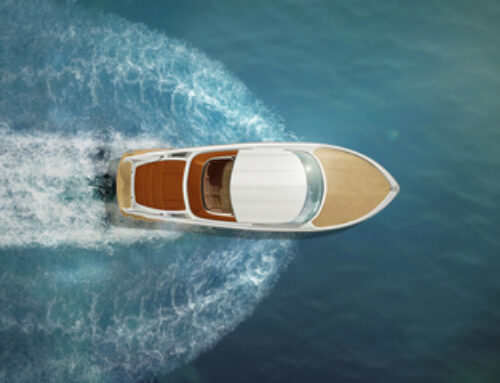Identifying boat covers
Boat covers are typically identified by their primary purpose. Mooring covers are intended to protect a stationary boat at its mooring or while it’s stored on a trailer or hoist; travel covers are intended to provide protection when the boat is traveling down the highway on a trailer.
Mooring covers may be weighted down rather than fastened around the boat’s perimeter. Travel covers are generally more tightly fitted to reduce wind resistance. However, both mooring covers and travel covers fasten to the boat with snaps, tie downs, adjustable buckle assemblies, draw strings, weights or some combination.
There are two descriptive categories spanning both types of covers: full covers and partial covers. Within each category, there are several cover styles.
Full covers
Cover the entire boat, passing over the top and going beyond the rubrail along the sides. Full covers are the most comprehensive covers, but are cumbersome and may be difficult to remove from and put back on the boat. They are typically made in a couple of pieces; and are not recommended for trailering.
Some examples of full covers are:
T-top cover: Covers the entire boat, extending below the rubrail. Fastens to the underside or outer edge of the T-top. Usually made in a couple of pieces to facilitate handling. Not recommended for trailering.
Pontoon cover: Covers the entire boat, extending below the outermost curve along the sides. Since pontoon boats don’t have tall architectural features, it’s necessary to build a high center to drape the cover over to provide for water runoff. Best handled when made in a couple of pieces. Not recommended for trailering.
Partial covers
If a boat must be trailered with a cover in place, then a partial cover may be the solution. The best designs will withstand hurricane force winds—74 mph and over— since it’s easy to reach these speeds on the highway.
Some examples of partial covers are:
Cockpit cover: Cockpit covers generally snap to the boat all around the cockpit, from the stern to the windshield frame. They may or may not extend over the windshield. Cockpit covers are generally made in one piece and provide sun and rain protection for upholstery, instruments and items stored in the cockpit.
Bow-well cover: This smaller cover snaps on over the bow-well and protects the upholstery. It is easy to handle due to its smaller size.
 TEXTILES.ORG
TEXTILES.ORG 





